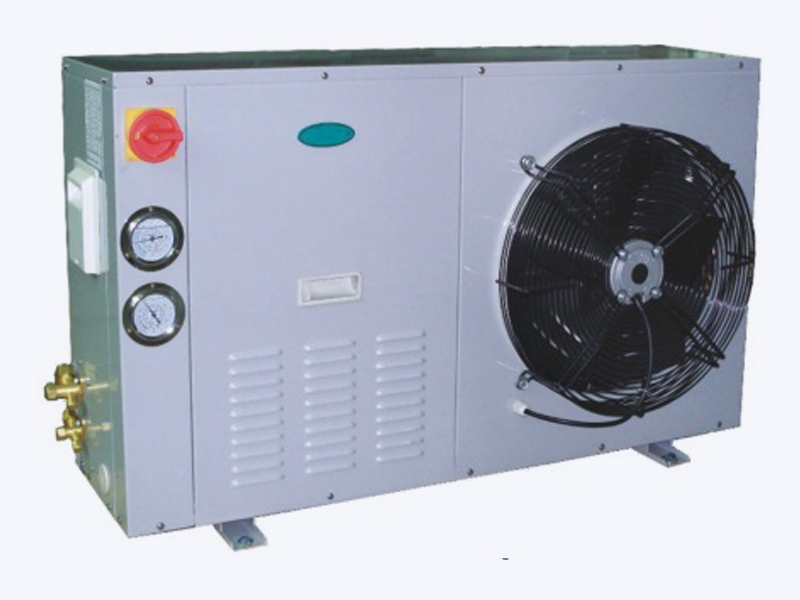The Box-Type Unit typically integrates a highly organized internal power distribution framework, which is crucial for channeling electricity from the primary power source to the various subsystems and components housed within the unit. This framework includes circuit breakers, distribution panels, transformers, and protective devices, all meticulously arranged to ensure a seamless and secure flow of power. The design of this system prioritizes safety and reliability, minimizing the risk of electrical faults and ensuring that each component receives the appropriate voltage and current for optimal performance. Advanced protection mechanisms, such as surge protectors and ground fault interrupters, are often incorporated to guard against unexpected power surges or electrical faults, enhancing the overall resilience of the unit.
For units designed to handle resources beyond electrical power—such as thermal energy, fluids, or gases—the Box-Type Unit features an integrated resource allocation system. This system is engineered to manage the distribution of these resources effectively, ensuring that they are delivered precisely where and when needed. For example, in units that provide heating, ventilation, and air conditioning (HVAC) services, the resource allocation system will include a network of insulated ducts, high-efficiency fans, and precision-controlled valves. These components work in concert to maintain an optimal internal environment, adapting to changes in external conditions or operational demands. The precise control of temperature, humidity, and airflow is crucial for protecting sensitive equipment or processes housed within the unit, thereby ensuring continuous and reliable operation.
Load management is a critical aspect of the Box-Type Unit’s operation, particularly in environments where power demands can fluctuate significantly. The unit is equipped with sophisticated load management technologies that dynamically balance the distribution of electrical loads across various circuits and components. This ensures that no single component is overburdened, which could lead to overheating, inefficiencies, or even system failures. Advanced load management systems may include features such as load shedding, where non-critical systems are temporarily powered down during peak demand periods, and load leveling, which distributes power more evenly over time to avoid spikes in consumption. By carefully managing loads, the unit not only protects its components but also enhances energy efficiency, contributing to lower operational costs.
At the heart of the Box-Type Unit’s operational efficiency is its central control system, which monitors and manages the flow of power and resources within the unit. This control system is typically automated, relying on a network of sensors, controllers, and software algorithms to make real-time adjustments based on current operational conditions and resource demands. The control system can regulate various parameters, such as voltage levels, temperature settings, and flow rates, ensuring that the unit operates within optimal conditions at all times. The control system is often designed with a user-friendly interface, allowing operators to monitor performance metrics, adjust settings, and troubleshoot issues from a centralized location, either on-site or remotely.


 English
English عربى
عربى 简体中文
简体中文






.jpg?imageView2/2/w/300/h/300/format/webp/q/75)


.jpg?imageView2/2/w/300/h/300/format/webp/q/75)


